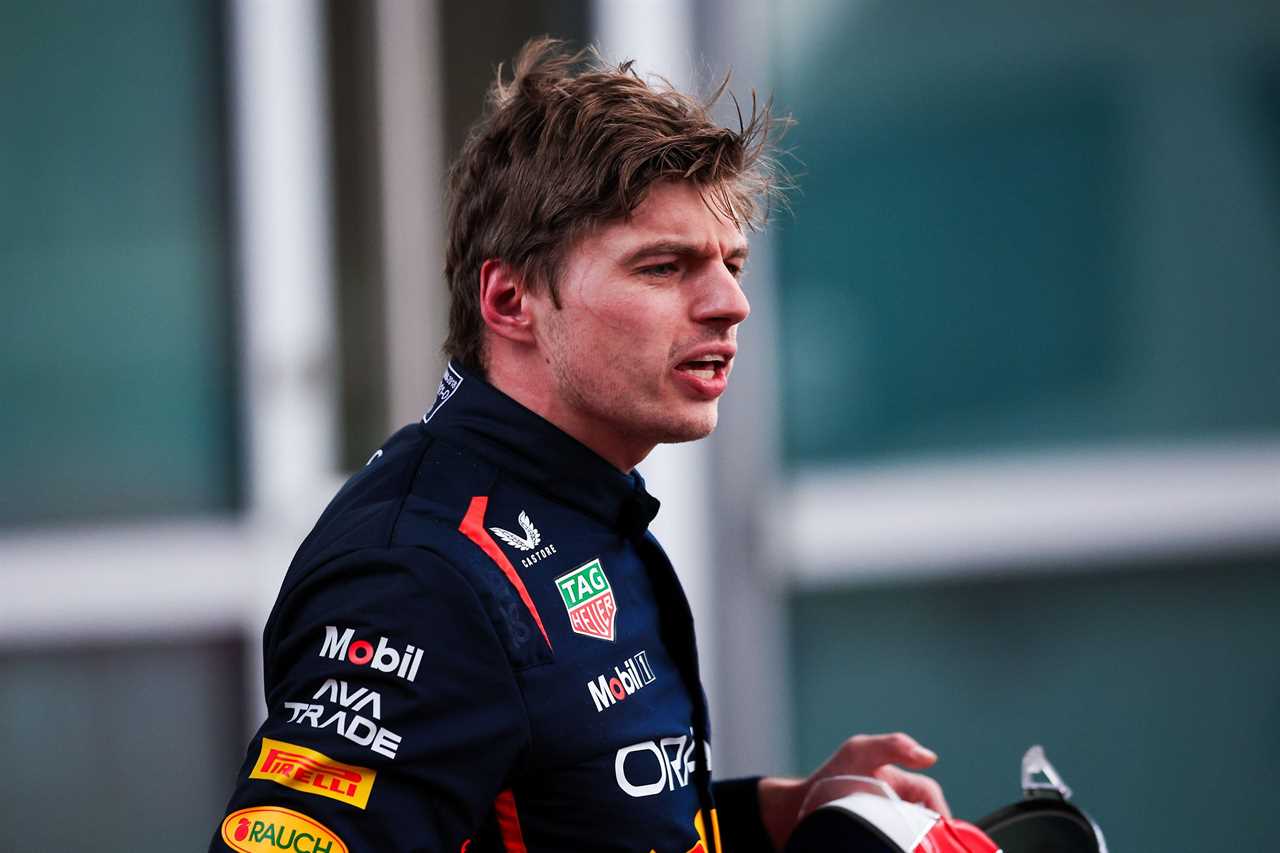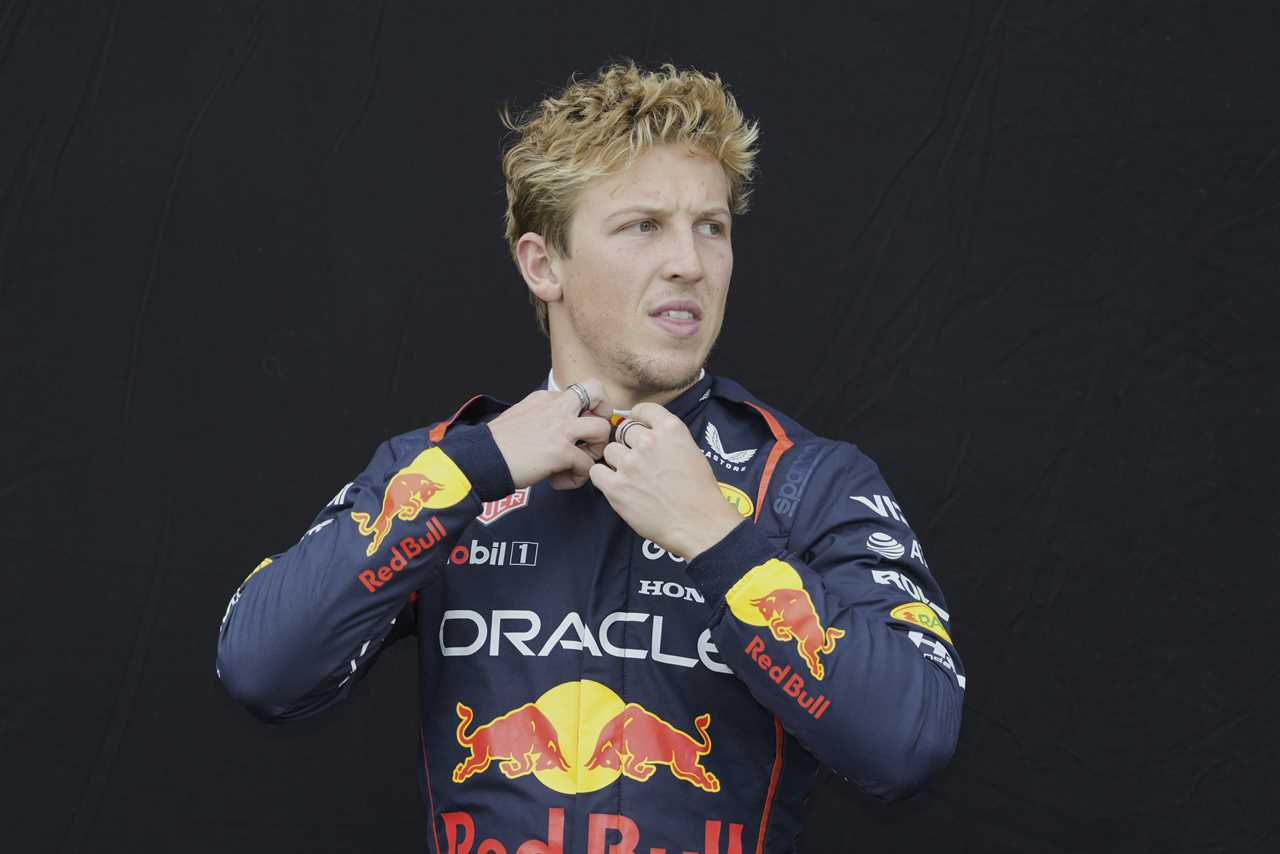
Verstappen Reacts to Lawson's Exit
Max Verstappen has publicly shown his disapproval of Red Bull's recent decision to remove Liam Lawson from the main team. The four-time world champion 'liked' an Instagram post that accused the team of "bullying" Lawson, highlighting his dissatisfaction with the abrupt change. This move comes as Red Bull replaces Lawson with Yuki Tsunoda, who will now join Verstappen as his teammate.
Lawson's Struggles Push Red Bull's Decision
Liam Lawson's tenure with Red Bull has been challenging from the start of the season. The 23-year-old driver faced early setbacks, including a Q1 exit in the rain-soaked Australian Grand Prix and a crash in the opening race in Melbourne. Continuing his tough start, Lawson qualified last in both the sprint and race at the Shanghai Grand Prix, despite having secured a strong position in the previous F1 season.
Tsunoda Steps Up as Verstappen's New Teammate
In response to Lawson's difficulties, Red Bull announced on Thursday morning that Yuki Tsunoda would take his place alongside Verstappen. Tsunoda, who was recently promoted to the main team, is expected to bring valuable experience to help develop the RB21. This change marks Verstappen's sixth different teammate since his promotion to Red Bull in 2016, following Daniel Ricciardo, Pierre Gasly, Alex Albon, Sergio Perez, and Lawson.
Red Bull's Strategic Move
Red Bull explained that the decision to switch Lawson to Racing Bulls was made to provide him with a more supportive environment after his difficult start. Team principal Christian Horner stated, "It has been difficult to see Liam struggle with the RB21 at the first two races and, as a result, we have collectively taken the decision to make an early switch." The move is intended to give Lawson the opportunity to gain more experience with a team he is familiar with, potentially aiding his development in F1.

Tensions Rise Between Lawson and Tsunoda
The team reshuffle has not been smooth between Liam Lawson and Yuki Tsunoda. Following the announcement, Tsunoda expressed confidence in his new role, stating, "Yeah, 100 per cent. The car is faster, I’m sure." Lawson, however, responded defensively, highlighting his past successes against Tsunoda in various racing categories. "He can say whatever he wants. I’ve raced him for years, raced him in the junior categories and beat him," Lawson remarked, emphasizing his readiness to take on the challenge.
Future Uncertainties for Verstappen
The relationship between Max Verstappen and Red Bull appears strained following Lawson's removal. Verstappen's actions suggest he is unhappy with the team's decision-making process, raising questions about his future with the organization. The tension has been exacerbated by previous allegations against team principal Christian Horner, which were dismissed by internal investigations.
Red Bull’s Unique Position in F1
Red Bull remains unique in the Formula 1 grid by offering four race seats, allowing them to manage driver lineups flexibly. This strategic advantage enables the team to make swift changes based on performance and dynamics within the team. Horner emphasized that switching Lawson to Racing Bulls was an act of support, aiming to protect and develop Lawson's career in F1.
Looking Ahead
As the season progresses, all eyes will be on how Yuki Tsunoda adapts to his new role alongside Verstappen and whether Lawson can find his footing with Racing Bulls. The early struggles faced by Lawson have prompted significant changes within Red Bull, setting the stage for an intriguing second half of the championship. Meanwhile, Verstappen's response to these developments may influence the team's dynamics and his standing within the squad.

Conclusion
Red Bull's decision to replace Liam Lawson with Yuki Tsunoda has stirred significant reactions within the F1 community. With Verstappen expressing his displeasure and tensions mounting between the drivers, the team's future strategies and internal relationships remain a focal point. As the season unfolds, the impact of these changes on both the drivers and the team's performance will become increasingly clear.
Frequently Asked Questions
What are the operational costs for a Formula 1 team per season?
Operating a Formula 1 squad involves significant operational costs. These can include salaries, travel, logistics and maintenance. In general, the operational costs of a mid tier team range between $120m and $220m per season. However, leading teams can spend more, up to 400m annually.
How much is it to host the Formula 1 Grand Prix in your city?
Hosting a Formula 1 Grand Prix requires a large investment. This includes sanctioning costs, circuit preparations, and operational expenses. The sanctioning fee alone can be upwards of 40 million dollars, and the total cost of hosting a race week is often more than 70 million dollars.
What is the price of a Formula 1 engine?
The Formula 1 engine is one of the most complex pieces of equipment in the sport. Teams may spend between $7 million and $10 million on an engine alone. This is to account for the advanced technology, performance characteristics, and competitiveness necessary to compete at a high level.
What is the budget cap for Formula 1 teams?
Formula 1 introduced the budget cap in recent years to encourage financial sustainability and balance between teams. For the 2021 race season, the cap budget was set at $145.5 million. This does not include costs like driver salaries, team marketing or the salaries for the top three members of the team. The cap is subject to gradual reduction in the subsequent years.
Can Formula 1 teams buy vehicles from competitors?
Formula 1 teams design and build their cars themselves, but can buy certain components from other competitors, like the gearboxes and power units. Nevertheless, specific parts, such as the chassis and aerodynamic surface surfaces are required to be proprietary in order to ensure competition and diversity within the sport.
Statistics
- Hosting a Formula 1 Grand Prix can cost a hosting circuit more than $70 million, including the sanctioning fees and the cost of preparations.
- Sponsorship deals are critical in Formula 1, with major title sponsorships sometimes contributing tens of millions of dollars to a team's budget.
- The average cost to construct a Formula 1 car chassis is estimated to be between $10 million and $15 million.
- The operational costs for a Formula 1 team per season can range from $120 million to over $400 million, depending on the team's size and aspirations.
- A Formula 1 team's pit stop equipment can cost between $100,000 to $500,000 for high precision and speed during the race.
- The budget cap introduced in Formula 1 for the 2021 season was set at $145 million, which is aimed to level the playing field.
- Pirelli F1 tires cost around $2,700 each, resulting in a set of four tires costing approximately $10,800.
- Since the introduction of hybrid power units in 2014, Formula 1 teams have seen a significant increase in costs related to engine development and maintenance.
External Links
How To
How to Manage Formula 1 Prototype Costs
Effective management of Formula 1 prototype development costs involves rigorous planning and assessment. Focus on designing a car that meets the regulatory standards, without spending excessively. Use digital simulations to evaluate performance before construction. Also, prioritise the development flexible components to accommodate new rules. Collaboration between departments is key to streamlining processes. Cost-benefit analyses of innovative designs are also important to ensure they give you a competitive edge, without going over budget.
Did you miss our previous article...
https://sportingexcitement.com/formula-1/ralf-schumacher-from-f1-star-to-broadcasting-voice
 CricketBoxingFormula 1GolfHorse RacingPremier LeagueTennisPrivacy PolicyTerms And Conditions
CricketBoxingFormula 1GolfHorse RacingPremier LeagueTennisPrivacy PolicyTerms And Conditions
